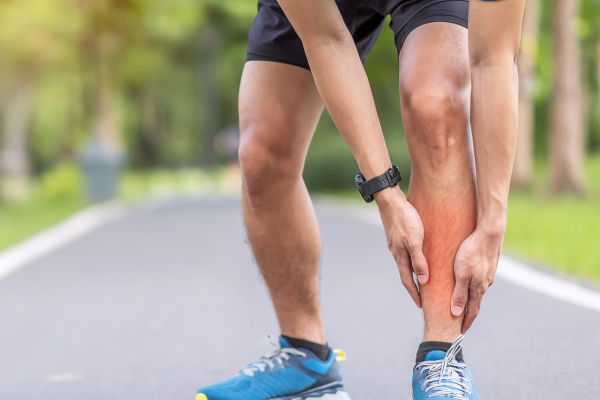Shin splints, medically referred to as medial tibial stress syndrome (MTSS), are a common condition among athletes and individuals engaged in repetitive physical activities. At our practice, we recognize the importance of comprehending shin splints, their causes, symptoms, and effective treatment options to ensure optimal recovery and prevention strategies.
Exploring the Causes of Shin Splints
Shin splints typically occur due to excessive stress on the shinbone and the surrounding tissues. Several factors contribute to the development of shin splints:
- Overuse and Repetitive Stress: Engaging in high-impact activities such as running, dancing, or jumping, especially without proper conditioning or gradual intensity increase, can lead to shin splints.
- Improper Footwear: Wearing shoes that lack adequate support or cushioning can increase the risk of developing shin splints.
- Biomechanical Factors: Individuals with flat feet or high arches may experience increased stress on their lower legs, predisposing them to shin splints.
- Training Errors: Sudden changes in workout intensity, duration, or surface can strain the muscles and bones of the lower legs, leading to shin splints.
Recognizing the Symptoms
Identifying the symptoms of shin splints is crucial for timely intervention and management. Common signs and symptoms include:
- Pain and Tenderness: Persistent pain along the inner edge of the shinbone, particularly during or after physical activity.
- Swelling and Inflammation: Swelling and tenderness over the affected area, accompanied by redness or warmth.
- Increased Discomfort with Activity: Pain that intensifies with weight-bearing activities or when pressing on the affected area.
Effective Treatment Strategies
Addressing shin splints promptly can expedite recovery and prevent further complications. Our comprehensive approach to treatment encompasses the following strategies:
- Rest and Activity Modification: Temporary cessation of high-impact activities allows the injured tissues to heal. Low-impact exercises such as swimming or cycling can maintain cardiovascular fitness without exacerbating symptoms.
- Ice Therapy: Applying ice packs to the affected area helps reduce inflammation and alleviate pain. Ice therapy should be performed for 15-20 minutes several times a day.
- Stretching and Strengthening Exercises: Implementing stretching routines targeting the calf muscles, Achilles tendon, and plantar fascia can improve flexibility and reduce tension on the shinbone. Additionally, incorporating strength training exercises for the lower limbs enhances muscular support and stability.
- Proper Footwear and Orthotics: Investing in supportive footwear designed for specific activities can mitigate excessive stress on the lower legs. Custom orthotic inserts may also provide additional arch support and alignment correction.
- Gradual Return to Activity: Resuming physical activity should be gradual and progressive to prevent recurrence of shin splints. A structured training program that includes adequate warm-up, cool-down, and rest intervals is essential for long-term injury prevention.
Conclusion
In conclusion, understanding the causes, symptoms, and treatment modalities for shin splints is paramount for athletes, fitness enthusiasts, and individuals leading an active lifestyle. By implementing appropriate preventive measures and adopting a multidisciplinary approach to management, individuals can mitigate the impact of shin splints and optimize their overall musculoskeletal health.
By prioritizing injury prevention and adopting evidence-based treatment approaches, individuals can overcome shin splints and return to their desired level of physical activity with confidence and resilience.


